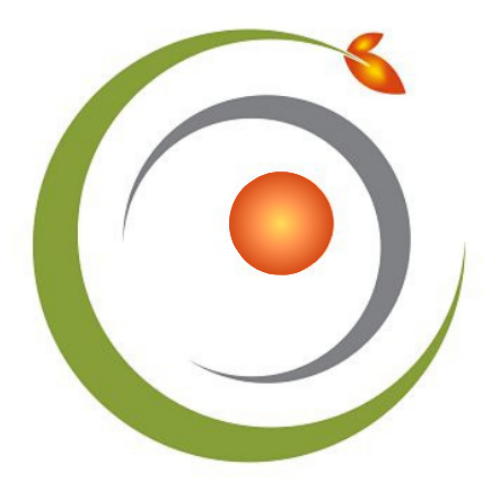Why Hire a Board-Certified Health & Wellness Coach When ChatGPT Can Write a Meal Plan?
Human connection still matters — even in a digital world.
Lately, I’ve noticed something interesting. A few friends, and even one of my clients, have been using ChatGPT to create meal plans. I’ve even done it myself for inspiration. Some of them are quite good. So it’s a fair question to ask: if a chatbot can produce a week’s worth of healthy meals in seconds, why would anyone pay a Board-Certified Health & Wellness Coach like me? Have I wasted good money on a solid education, many, many practice sessions and supervision, and a four-hour exam?
Information is everywhere now. Between Google, Instagram, and AI, you can find more health advice than you could ever need. Knowing what to do isn’t the challenge anymore. The harder part is living it. That’s where coaching makes the difference.
Health coaches aren’t even supposed to prescribe or create individualised meal plans. In Australia, that’s the role of Accredited Practising Dietitians (APDs), who are the only nationally regulated nutrition professionals qualified to provide medical nutrition therapy and specific dietary prescriptions.
As a Board-Certified Health & Wellness Coach, I don’t tell you what to do. You probably already know what to do. My job is to help you bridge that huge (and perfectly human) gap between knowing and doing. That might mean exploring your relationship with food — because many of us use food for far more reasons than simply nourishing our bodies. I might support you as you follow the Autoimmune Protocol or any other nutrition or lifestyle plan recommended by your doctor. I can help you build sustainable habits with small daily changes that add up to a healthier lifestyle without you even noticing. I can also help you understand what unconscious drivers are getting in the way.
It’s less about the plan itself, and more about how you relate to it, how you put it into action, and what you learn about yourself along the way.
A chatbot can give you ideas, but it can’t notice the pain in your voice when you say you’ve “fallen off again.” It can’t feel how tired you are, or how hard you’ve been trying.
Coaching happens in real time, between two people. It’s where understanding turns into action, and where you start to feel the difference — not just think about it.
Change doesn’t come from more information; it comes from being supported while you practise new ways of living, especially when life doesn’t go to plan. And it’s exactly when life doesn’t go to plan that you learn the most about yourself.
You don’t need another set of instructions. You need someone who can hold space while you find your way back to yourself when things feel too hard — someone who can reflect back what you’ve said so you can hear it in the light of day. We all need to be met with what Carl Rogers called unconditional positive regard.
That’s what coaching offers: a space to be seen and heard. A space to pause long enough for your own answers to surface.
Any one of the many AI tools can help you plan your meals or organise your week, but it can’t sit beside you while you learn to trust your body again.
Coaching is the human part of healing; it’s practical, relational, and real. It’s where knowledge becomes lived experience, one small step at a time. You don’t get that from Artificial Intelligence.

